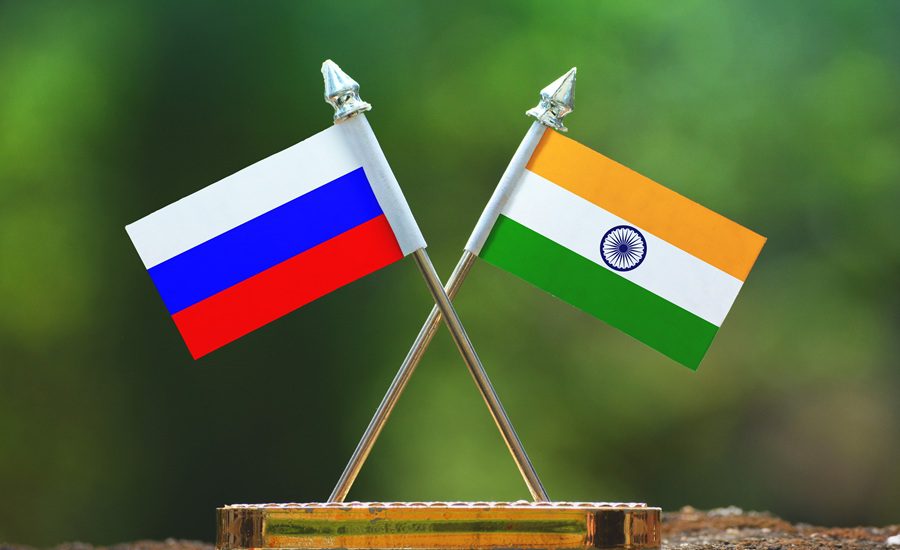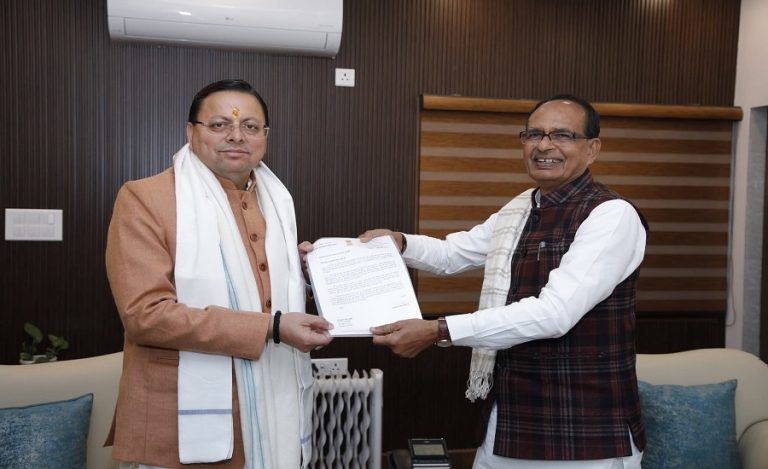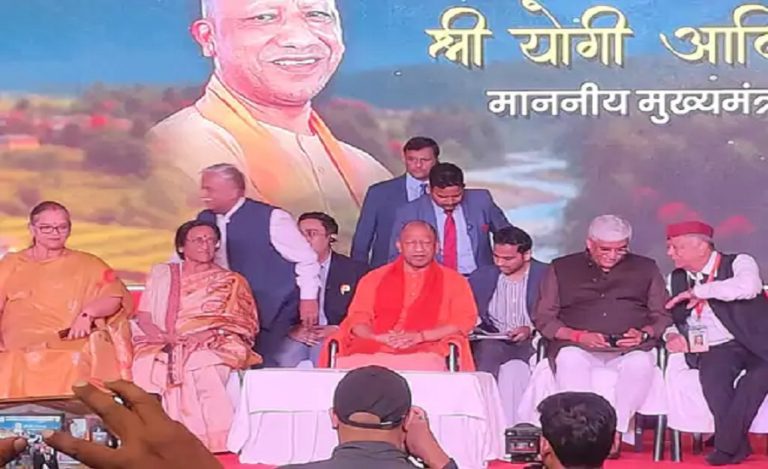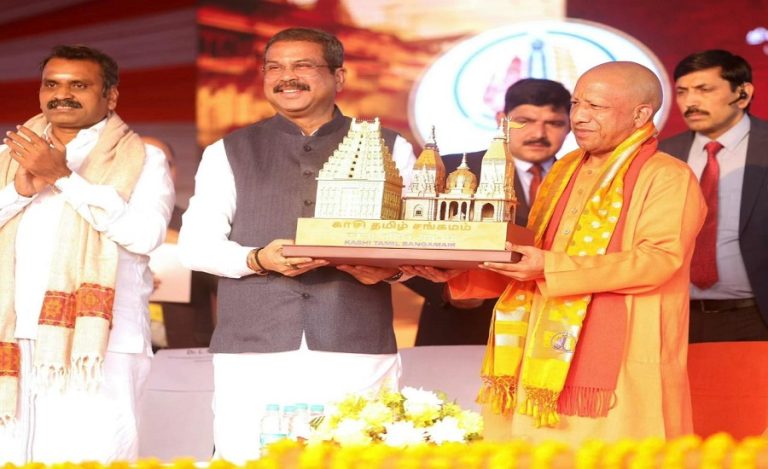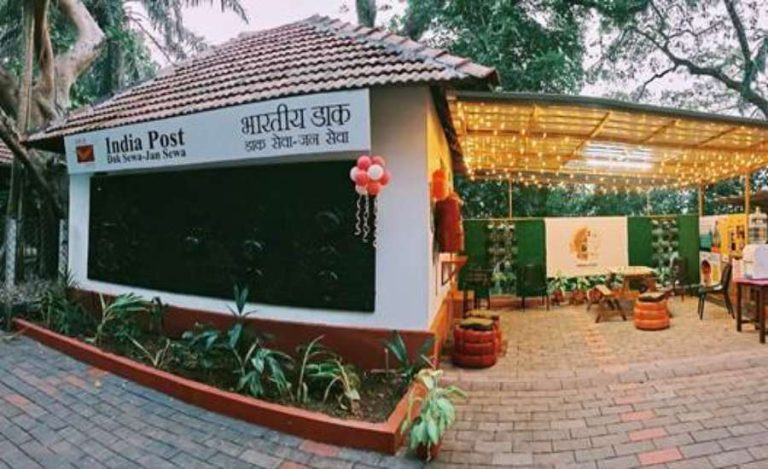New Delhi: In a bold move timed ahead of Vladimir Putin’s visit to New Delhi, Russia has offered India an unprecedented defence deal: complete licensed production of its flagship stealth fighter, the Sukhoi Su‑57, including full technology transfer and deep localisation.
The offer underscores Russia’s intent to deepen its strategic defence partnership with India, while New Delhi reassesses its fighter-jet roadmap amid evolving regional threats.
Background of Su-57 tech transfer India
India has long been evaluating options to modernise its air-fleet and defence supply chain. With the Indian Air Force’s squadron strength lagging behind sanctioned levels, and indigenous programmes facing delays, the need for a credible next-generation fighter has become urgent.
Previously, India had dropped out of the joint FGFA (Fifth Generation Fighter Aircraft) project with Russia — based on the Su-57 platform — citing cost and technology-sharing concerns.
Now Russia appears to return with a revised pitch: ready supply, deep localisation, and unfettered tech transfer.
According to Russia’s state arms exporter, the offer includes manufacturing the Su-57 in India, covering engines and “5th generation technologies”.
Official Statements
The proposal was announced by a senior representative of Rosoboronexport, Russia’s state-arms export agency. He stated:
> “We are ready to organize the supply of Su-57 aircraft produced in Russia and the production of aircraft in India, which includes technology transfer.”
He emphasised that the package extends to “technological learning of fifth-generation technologies, engines, and other critical systems.”
The official also stressed the Russian side’s transparency and reliability in tech transfer — positioning this as a counter- to the restrictions India has faced with Western partners.
Importance of the Su-57 tech transfer India
This proposal has multiple dimensions of significance:
Industrial self-reliance: If realised, India’s defence industry would gain access to 5th-generation fighter technology and move from user-to-manufacturer. The localisation could be a milestone for “Make in India” in aerospace.
Capability boost: The Su-57’s stealth, super-cruise and sensor suite make it a leap in combat capability for the Indian Air Force, helping bridge the gap while indigenous programmes mature.
Strategic signalling: The timing ahead of Putin’s visit sends a message of trust and cooperation between Russia and India, and also underscores India’s options outside traditional Western supply chains.
Supply chain resilience: With sanctions and export controls looming globally, an offer promising fewer restrictions could appeal to India’s need for reliable access to spares and upgrades.
Key Challenges & Implications
While the offer is attractive, serious challenges remain:
Integration & standardisation: India’s air-force ecosystem has diversified (French, American platforms etc.). Integrating the Su-57 and aligning supply-chains, maintenance, doctrine would be complex.
Technology-transfer risk: “Full tech transfer” is a broad claim — historically such deals face component restrictions, export barriers, or hidden dependencies (for example on foreign subsystems).
Sanctions risk: If India manufactures Russian jets with deep localisation, there may still be risk of secondary sanctions from Western blocs or supply-chain disruptions, especially if parts come via third-parties under sanction regimes.
Indigenous programme impact: Some veterans argue that leap-frogging to a foreign 5th-gen jet could sideline indigenous programmes like the HAL AMCA, delaying domestic technology maturation.
Regional balance: Acquisition of Russian 5th-gen jets by India may trigger responses from neighbouring air-forces, potentially escalating the regional arms race (e.g., China, Pakistan).
Cost and delivery timeline: Even with transfer, setting up production, tooling, workforce, supply-chain takes time and investment — operational readiness may still be years away.
Way Forward
To maximise value and mitigate risk, India could pursue a multi-pronged path:
- Continue indigenous AMCA development while negotiating the Su-57 deal — using the Russian deal as a bridge rather than replacement.
- Conduct thorough cost-benefit and risk-assessment (including sanctions exposure, lifecycle cost, maintenance, upgrade path).
- Use the tech-transfer to strengthen Indian aerospace supply chain, R&D, and human capital for long-term independence.
- If local production is successful, India may explore third-party exports — turning the deal into not just a buy but an export-manufacture hub.
- Set phased targets for initial supply, localisation levels, first-flight commercialization, workforce training etc.

